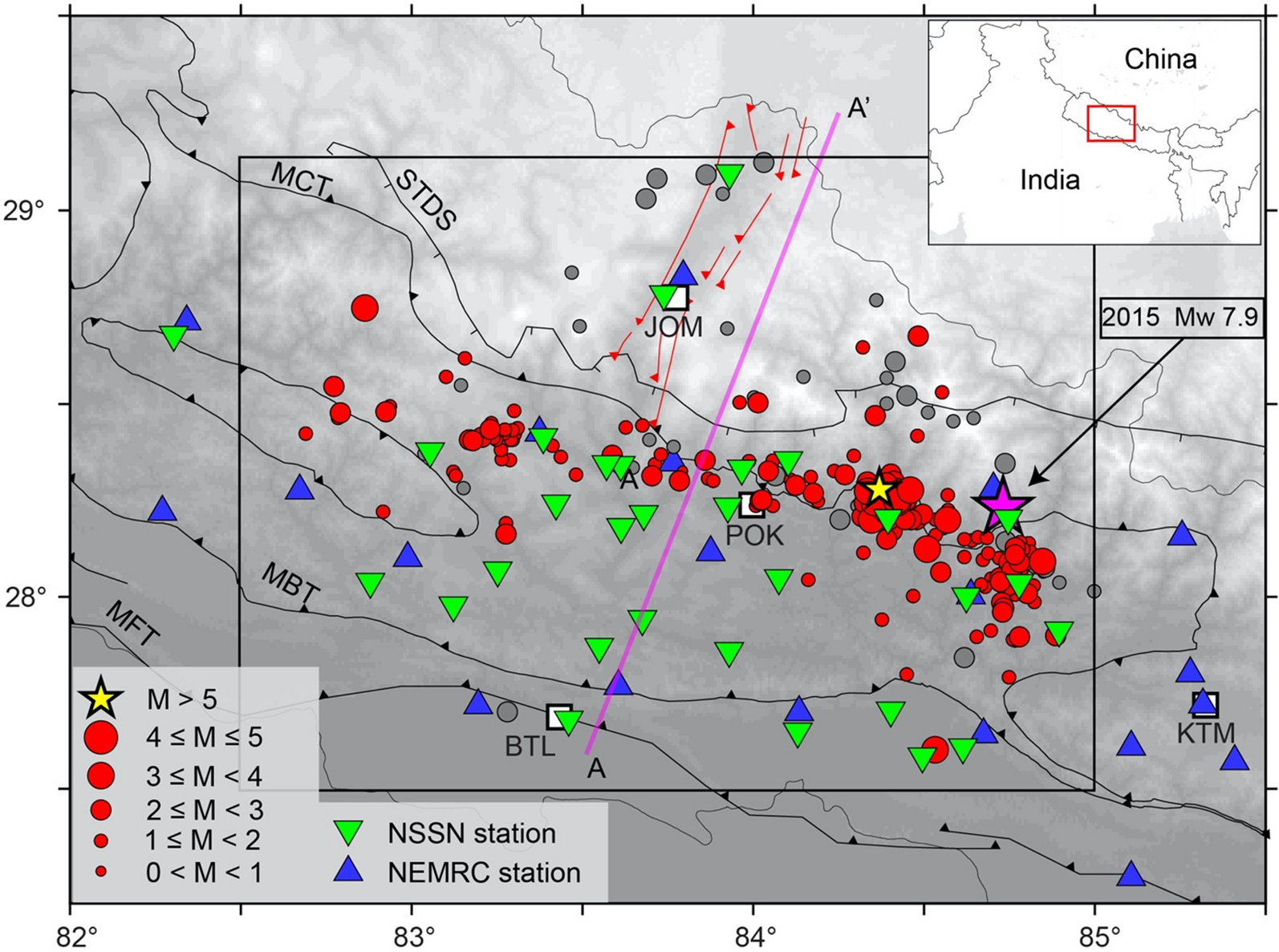 Epicenters of earthquakes located using a low-cost seismic network in
Nepal.
Epicenters of earthquakes located using a low-cost seismic network in
Nepal.
Earthquake Monitoring with a Low-Cost Seismic Networks in Nepal
In this work, led by Dr. Subedi, we investigate the performance of low-cost seismic networks for earthquake monitoring in Nepal (Subedi et al. 2024).
- One year of seismic data from an educational network,
- 273 earthquakes detected, including events missing from national catalogs,
- Microseismic detection capability down to magnitudes of ~0.8.
This work supports broader efforts to build earthquake resilience in Nepal, as highlighted in a France 24 article revisiting the devastating effects of the 2015 M7.8 Gorkha earthquake.

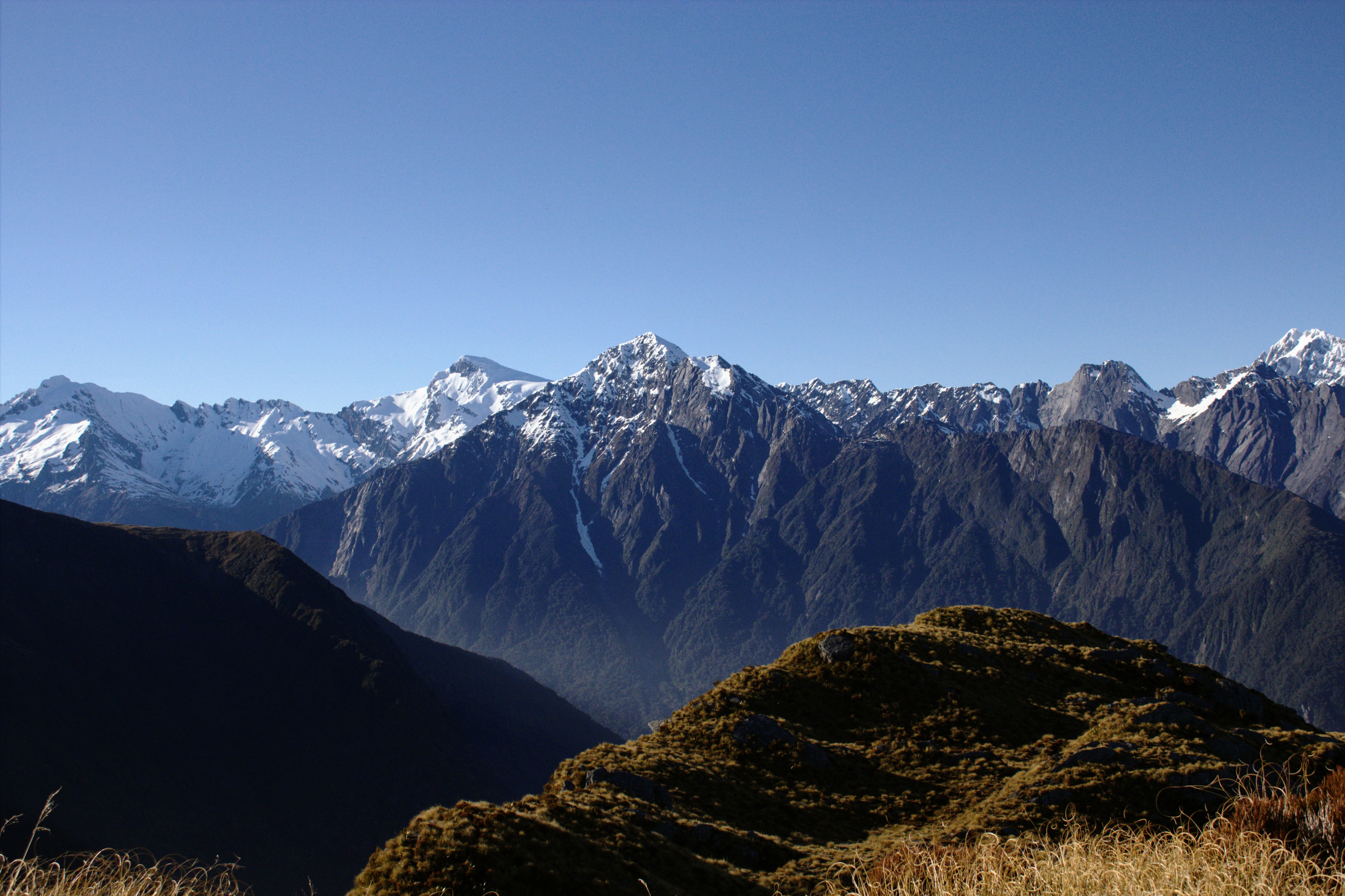
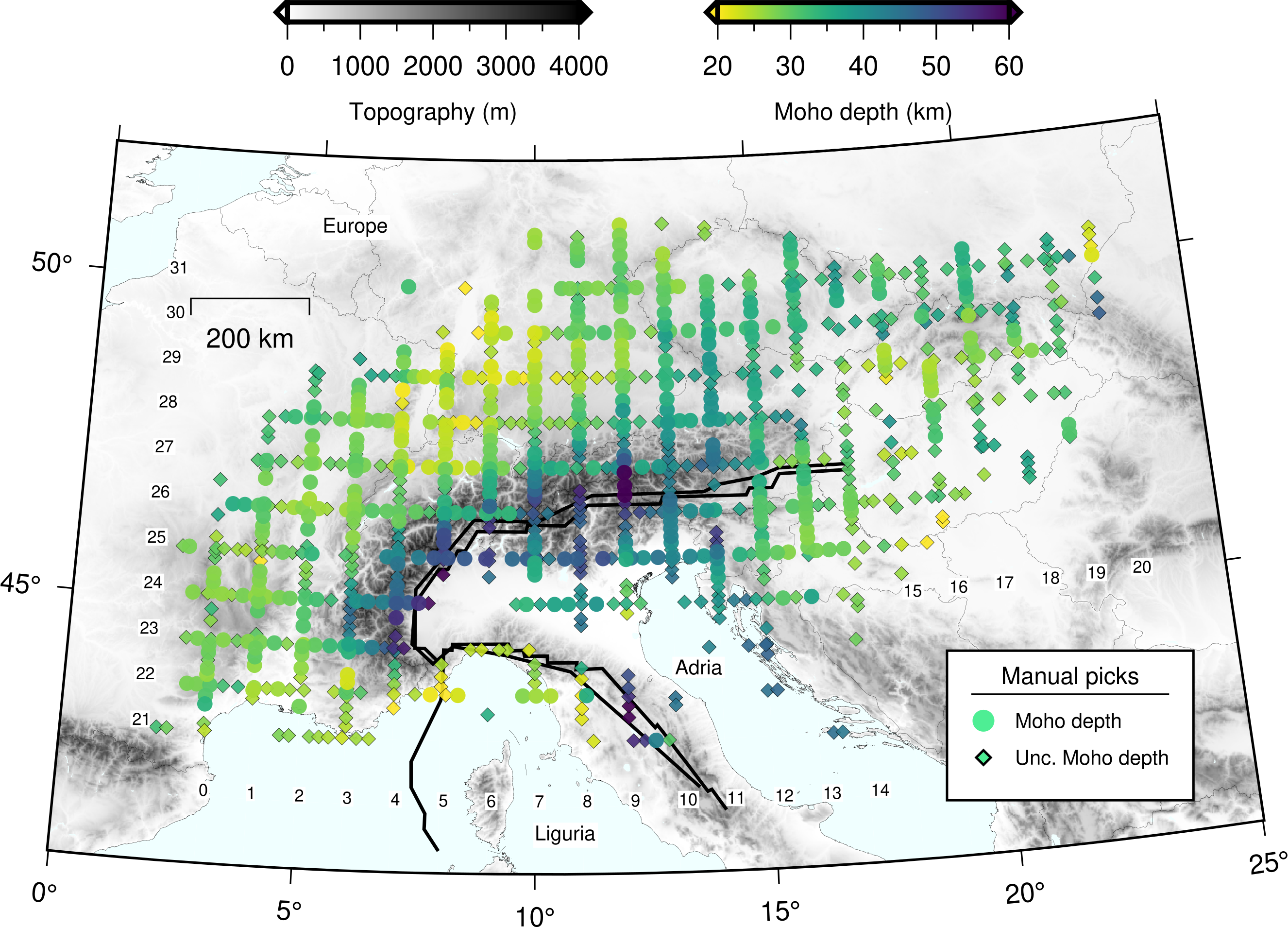 Moho depth map of the European Alps region.
Moho depth map of the European Alps region.
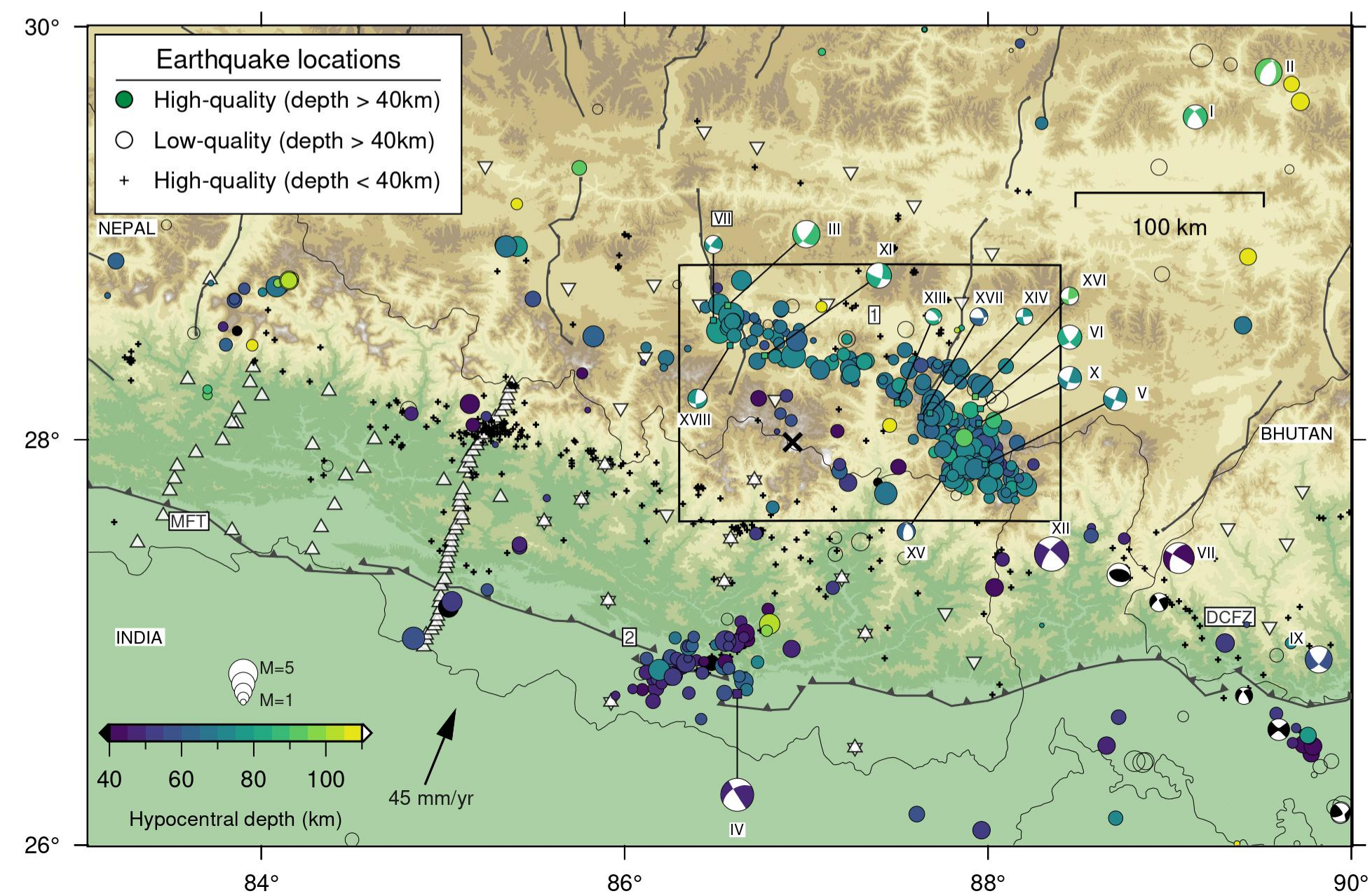 Intermediate-depth earthquakes beneath central Himalayas.
Intermediate-depth earthquakes beneath central Himalayas.
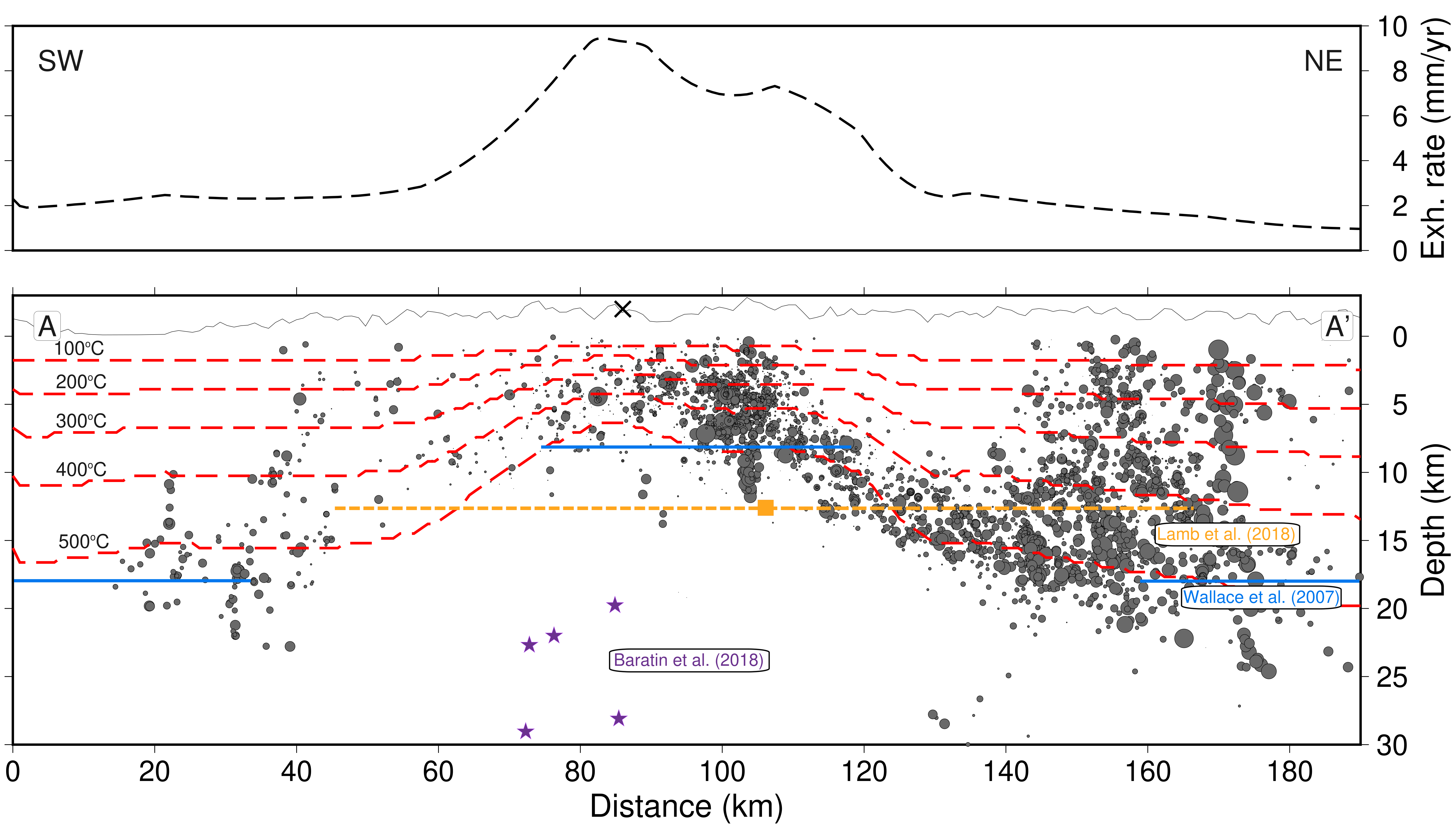 Earthquake distribution with thermal isotherms and exhumation
rates.
Earthquake distribution with thermal isotherms and exhumation
rates.
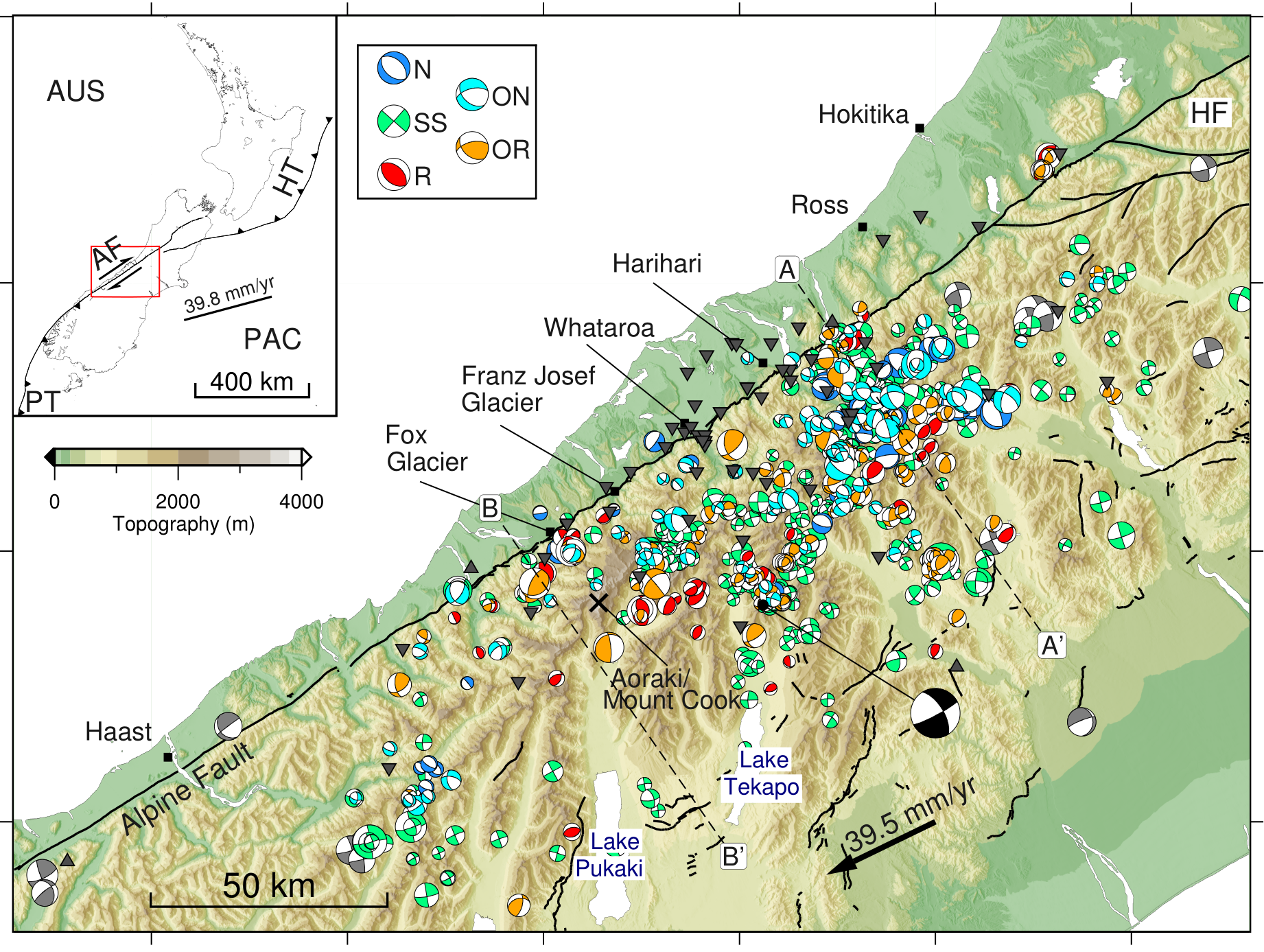 Focal mechanisms near the central Alpine Fault.
Focal mechanisms near the central Alpine Fault.
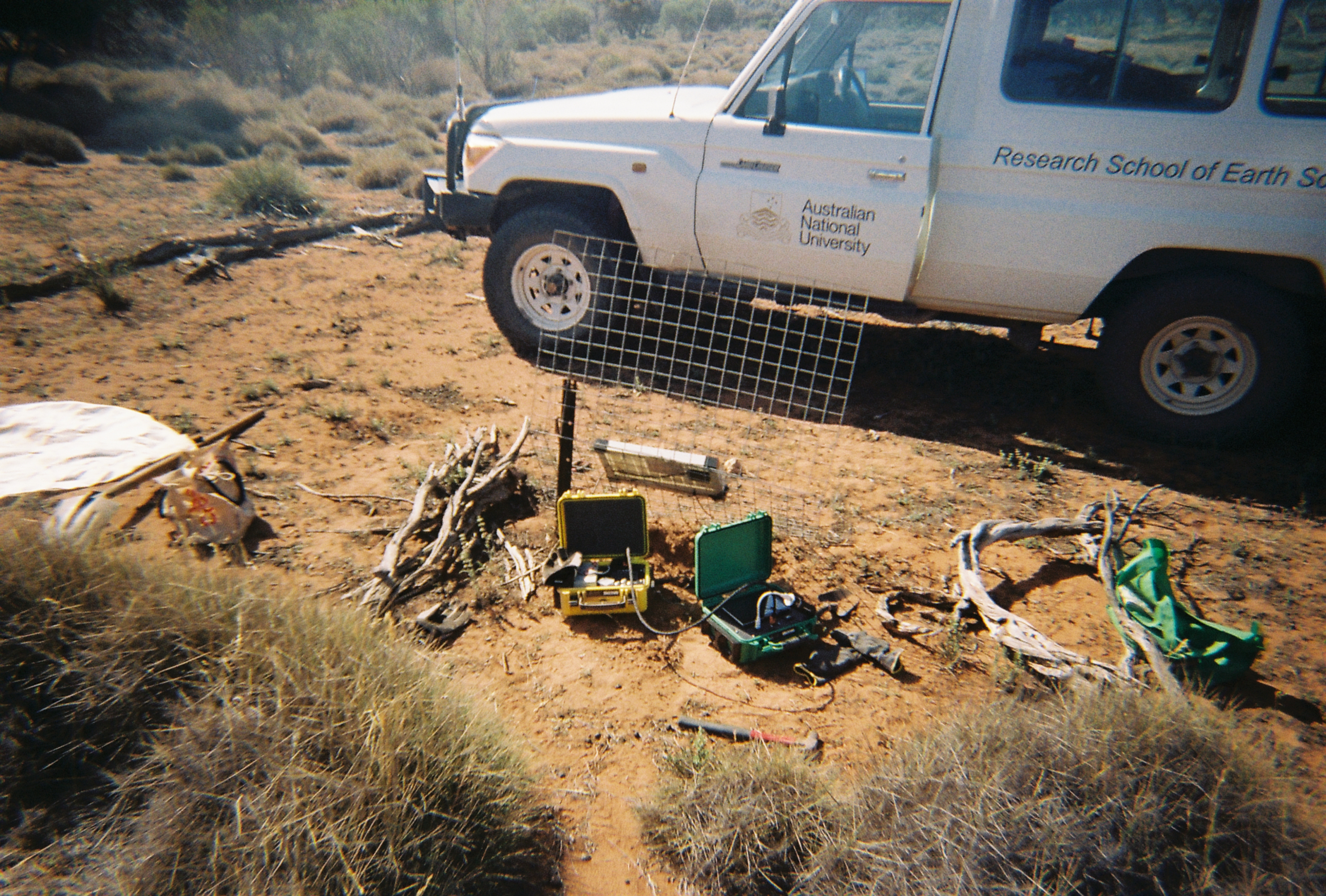 "Eyre Peninsula, South Australia, AU"
"Eyre Peninsula, South Australia, AU"
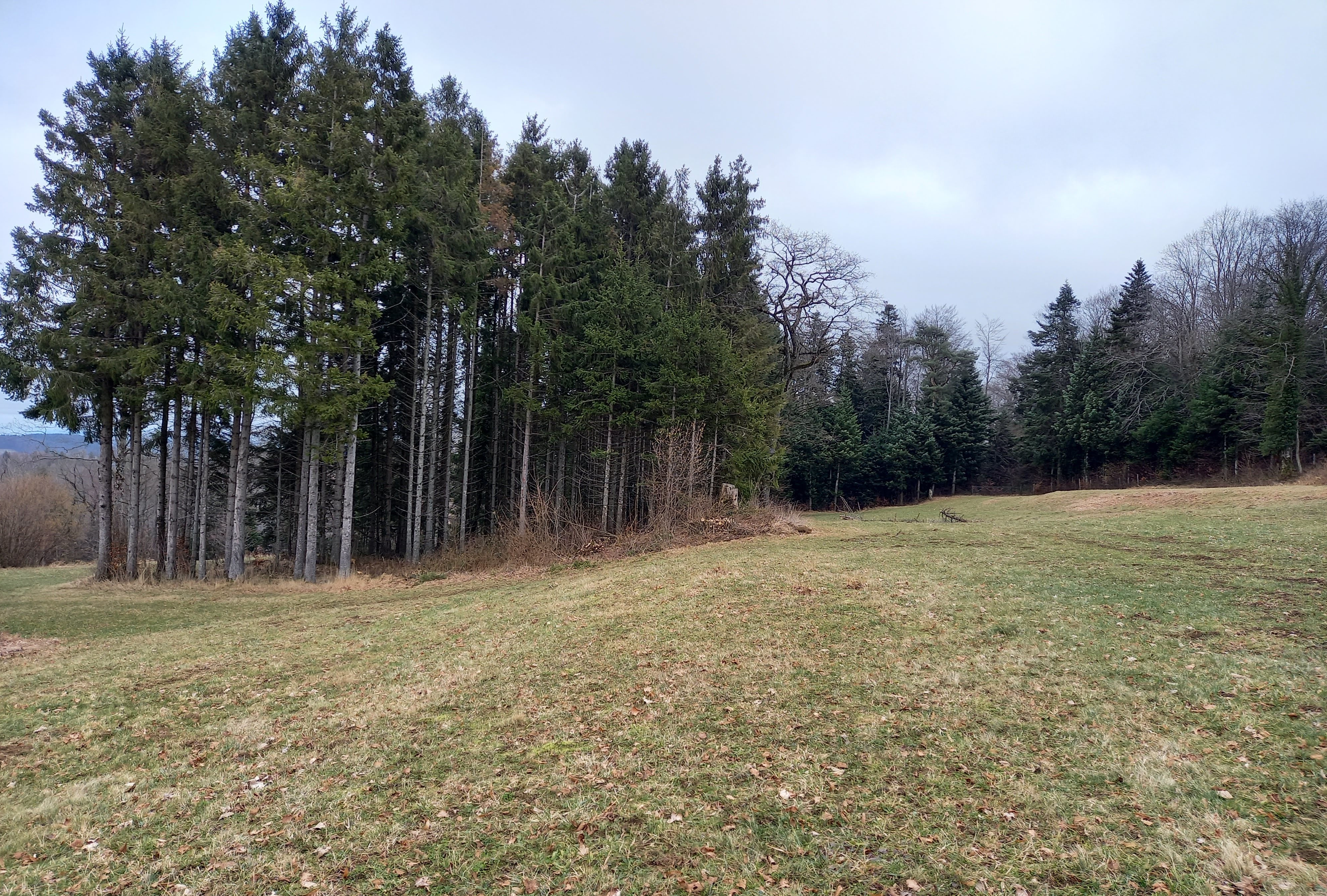 "Nodal deployment in Jura, CH"
"Nodal deployment in Jura, CH"
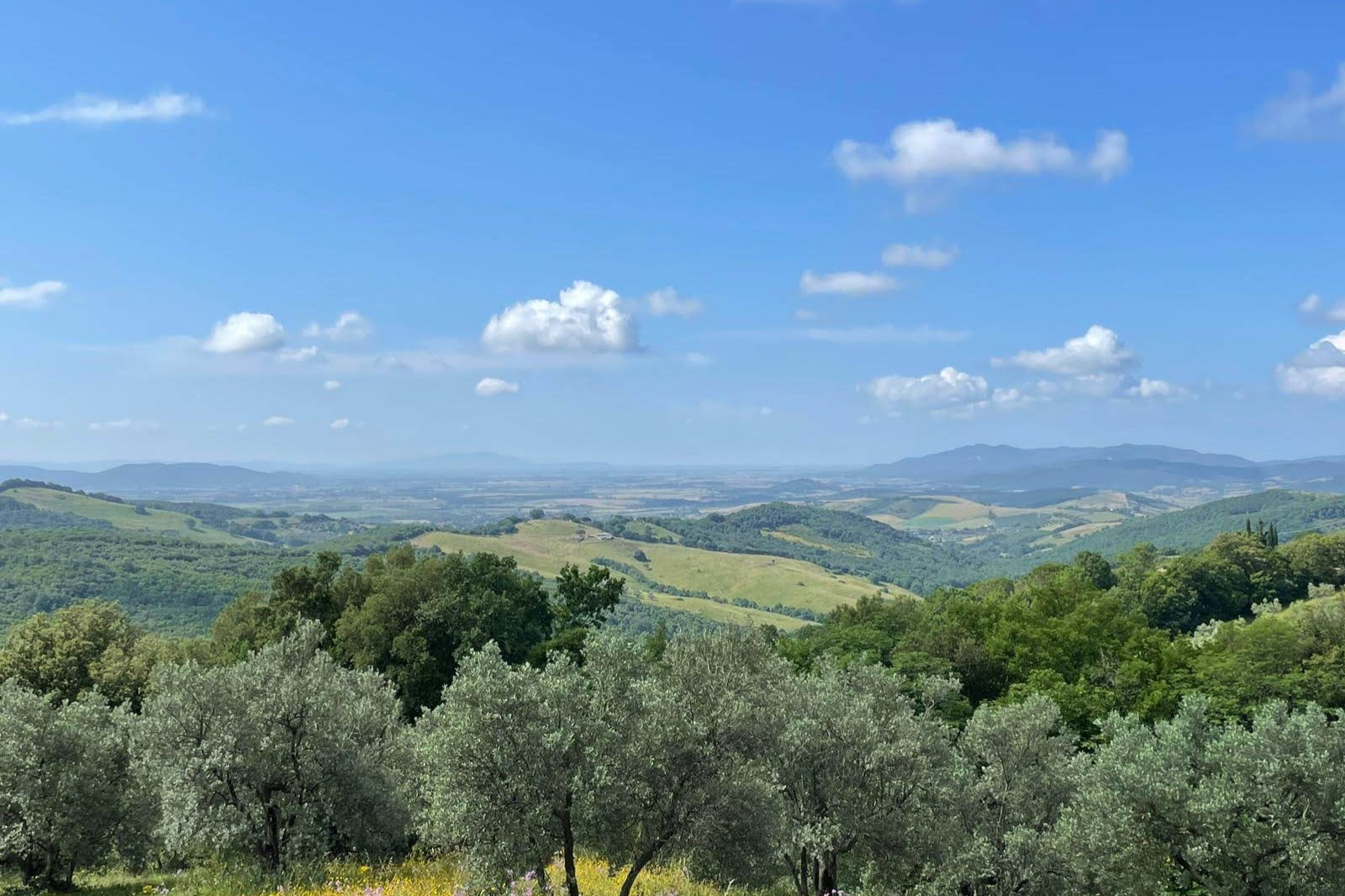 "Seismic node deployment, Roccastrada, Tuscany, IT"
"Seismic node deployment, Roccastrada, Tuscany, IT"
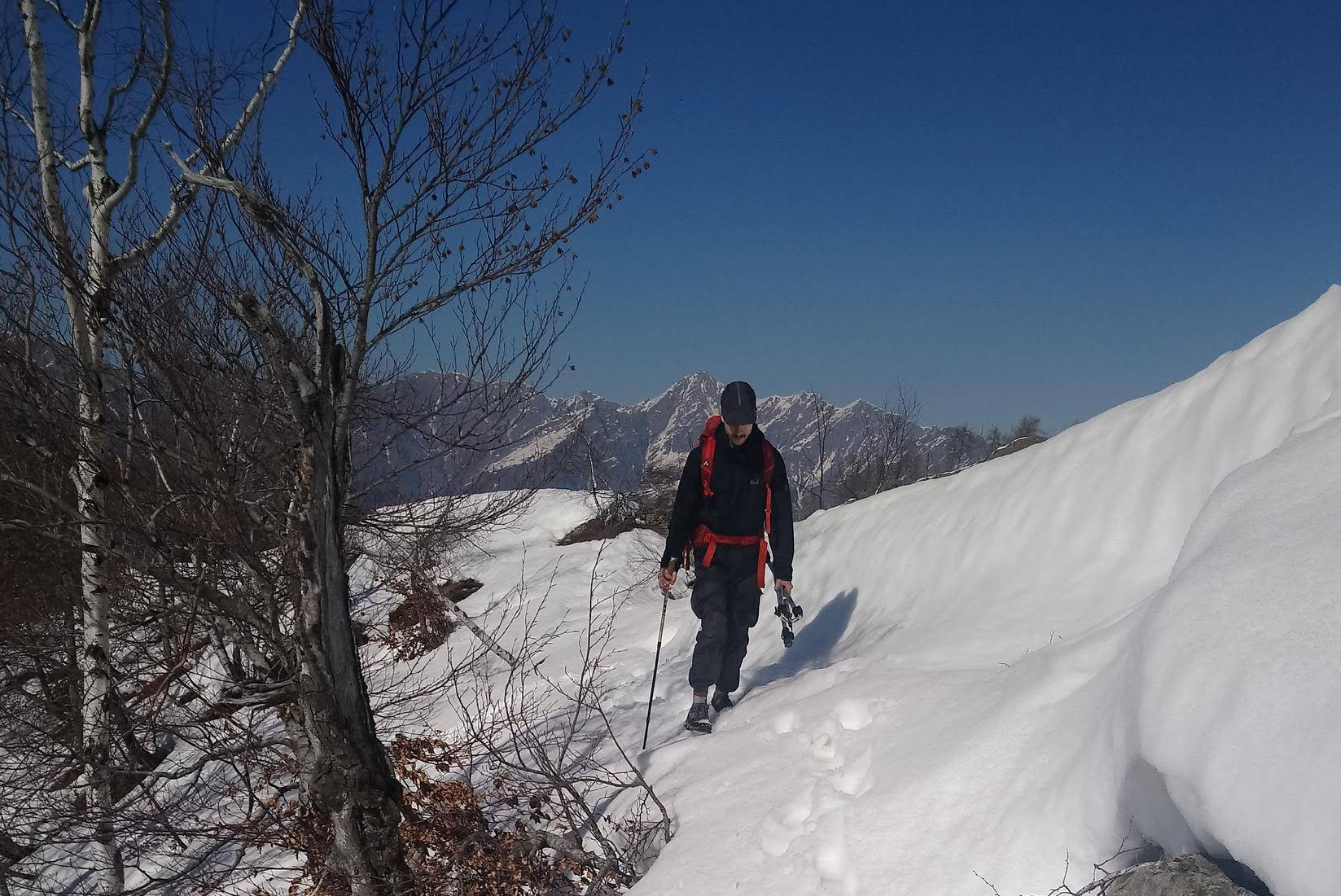 "Gravity data survey, Ivrea Geophysical body, Alps,
IT"
"Gravity data survey, Ivrea Geophysical body, Alps,
IT"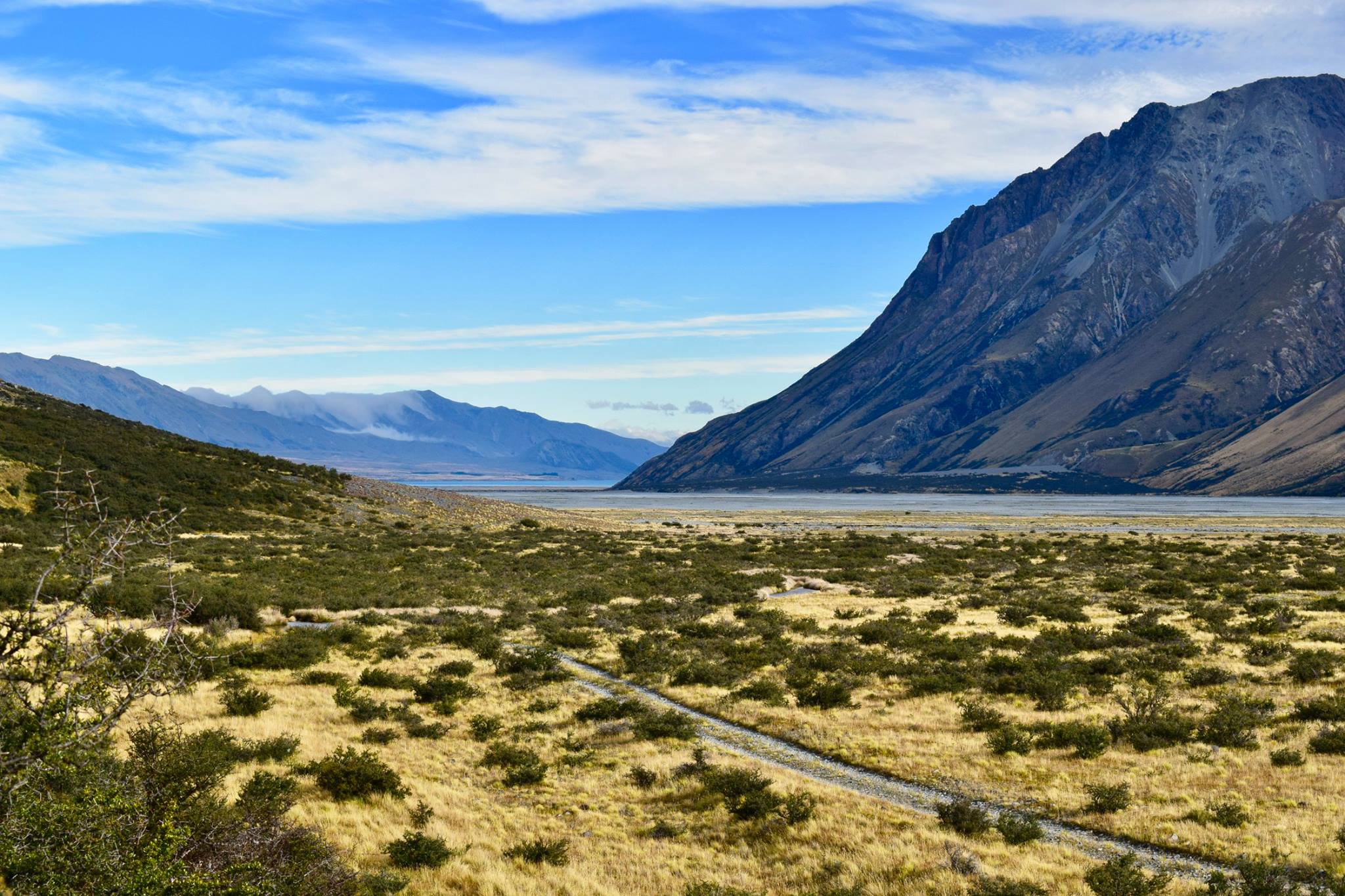 "Godley Valley, Southern Alps, NZ"
"Godley Valley, Southern Alps, NZ"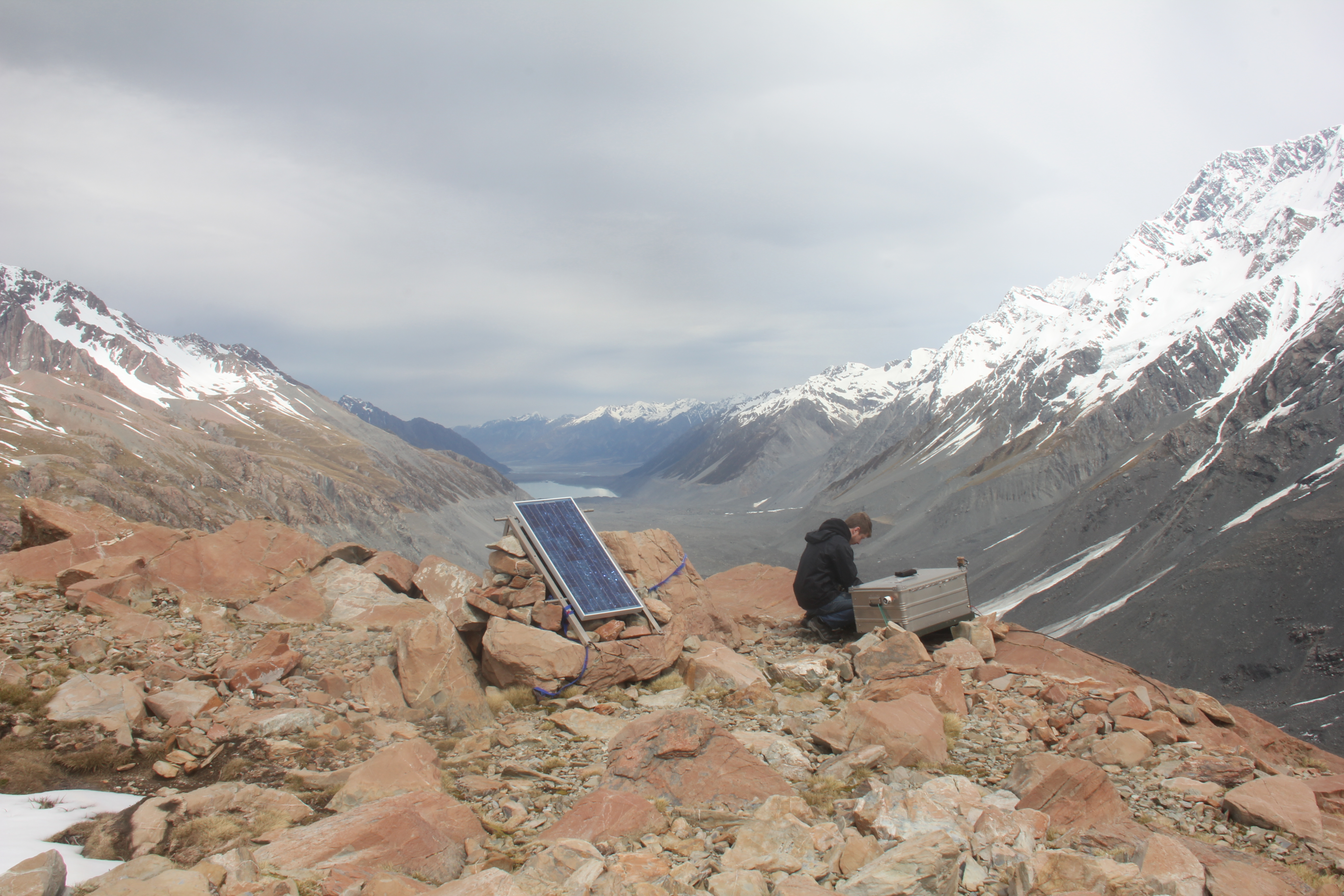 "Seismometer at De la Beche, Southern Alps,
NZ"
"Seismometer at De la Beche, Southern Alps,
NZ"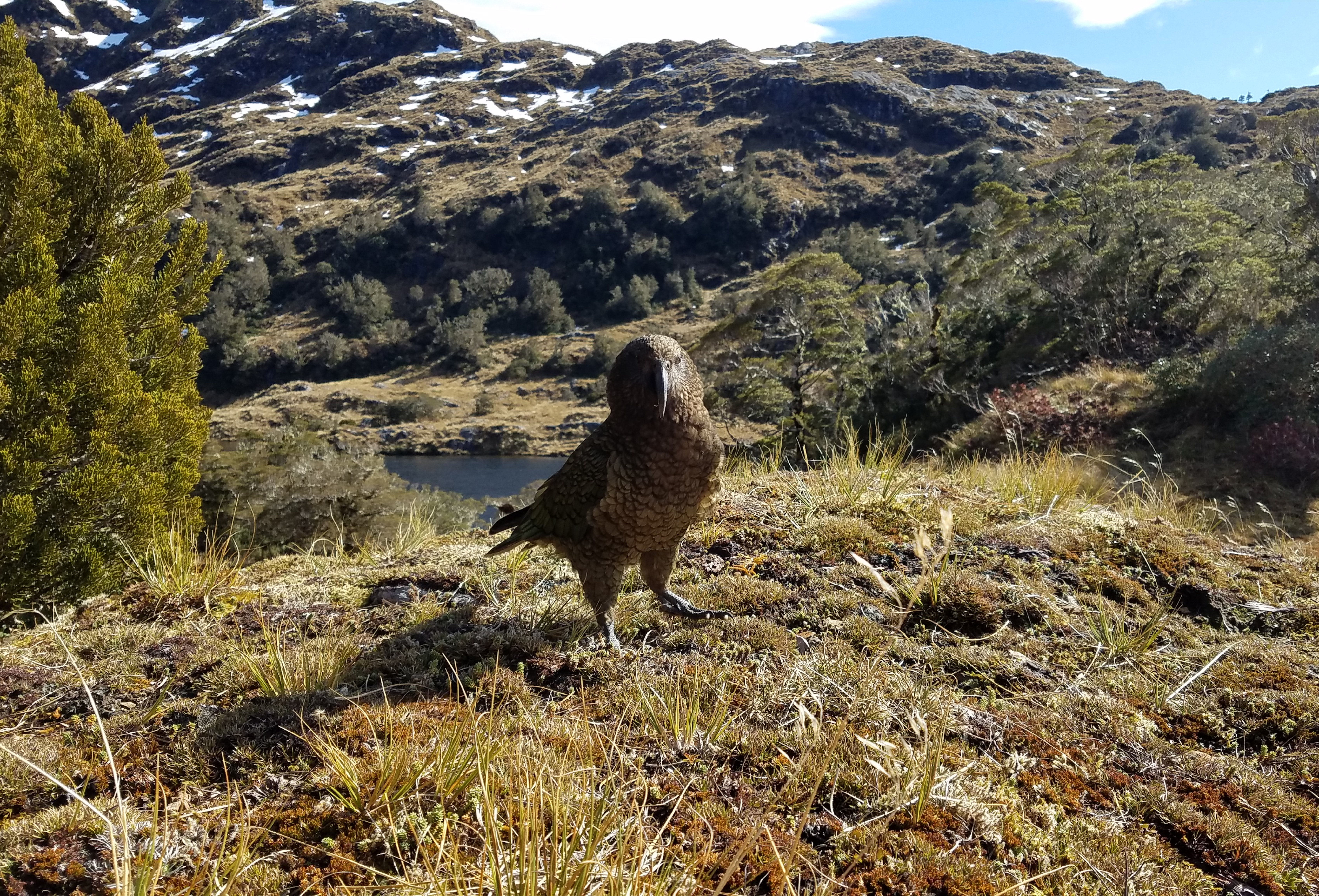 "Kea spotted at Dusky Sound, NZ"
"Kea spotted at Dusky Sound, NZ"
 "Digging out a seismometer in the Southern Alps, NZ"
"Digging out a seismometer in the Southern Alps, NZ"
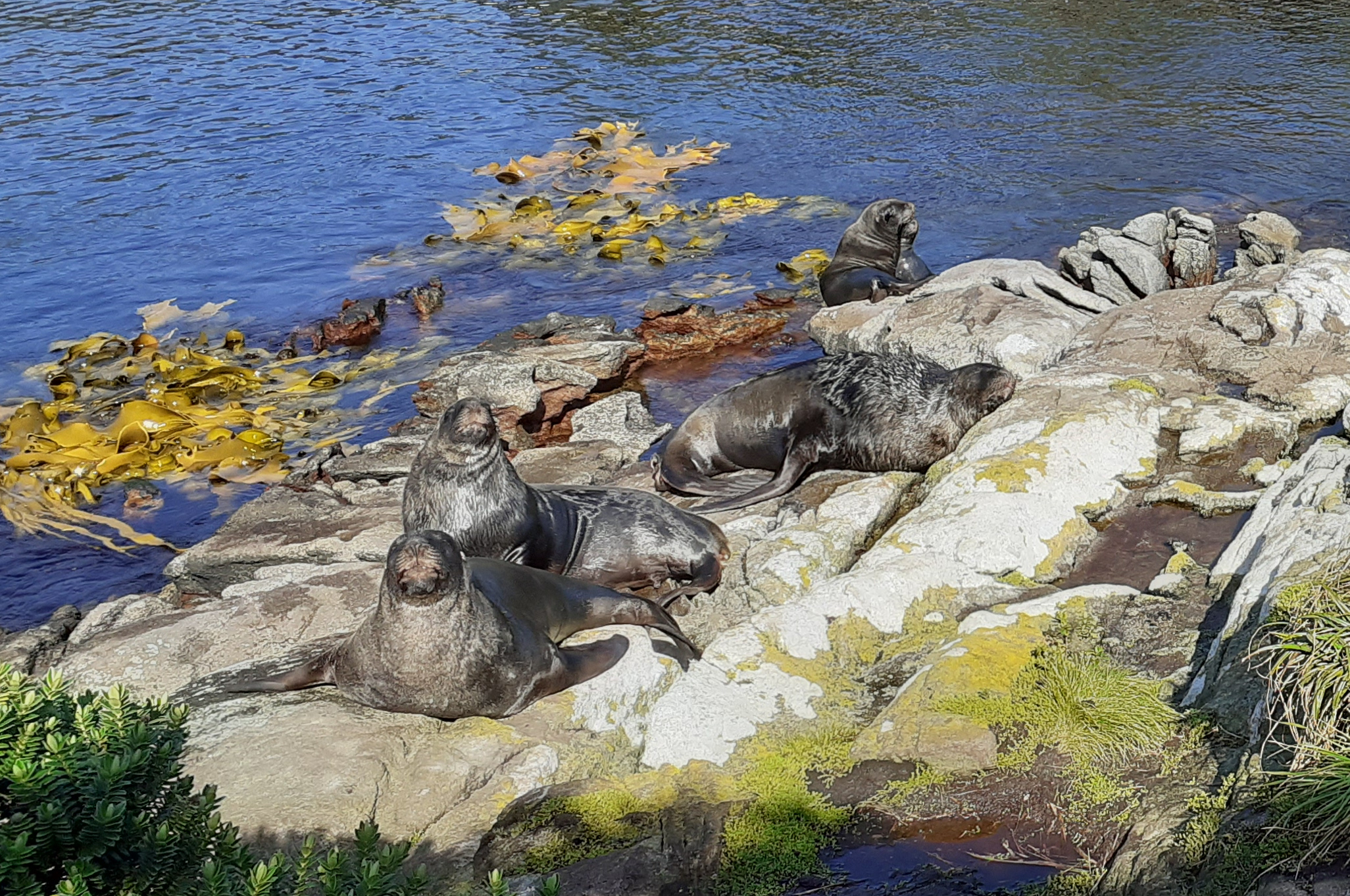 "Sea lions on Snares Island, NZ"
"Sea lions on Snares Island, NZ"
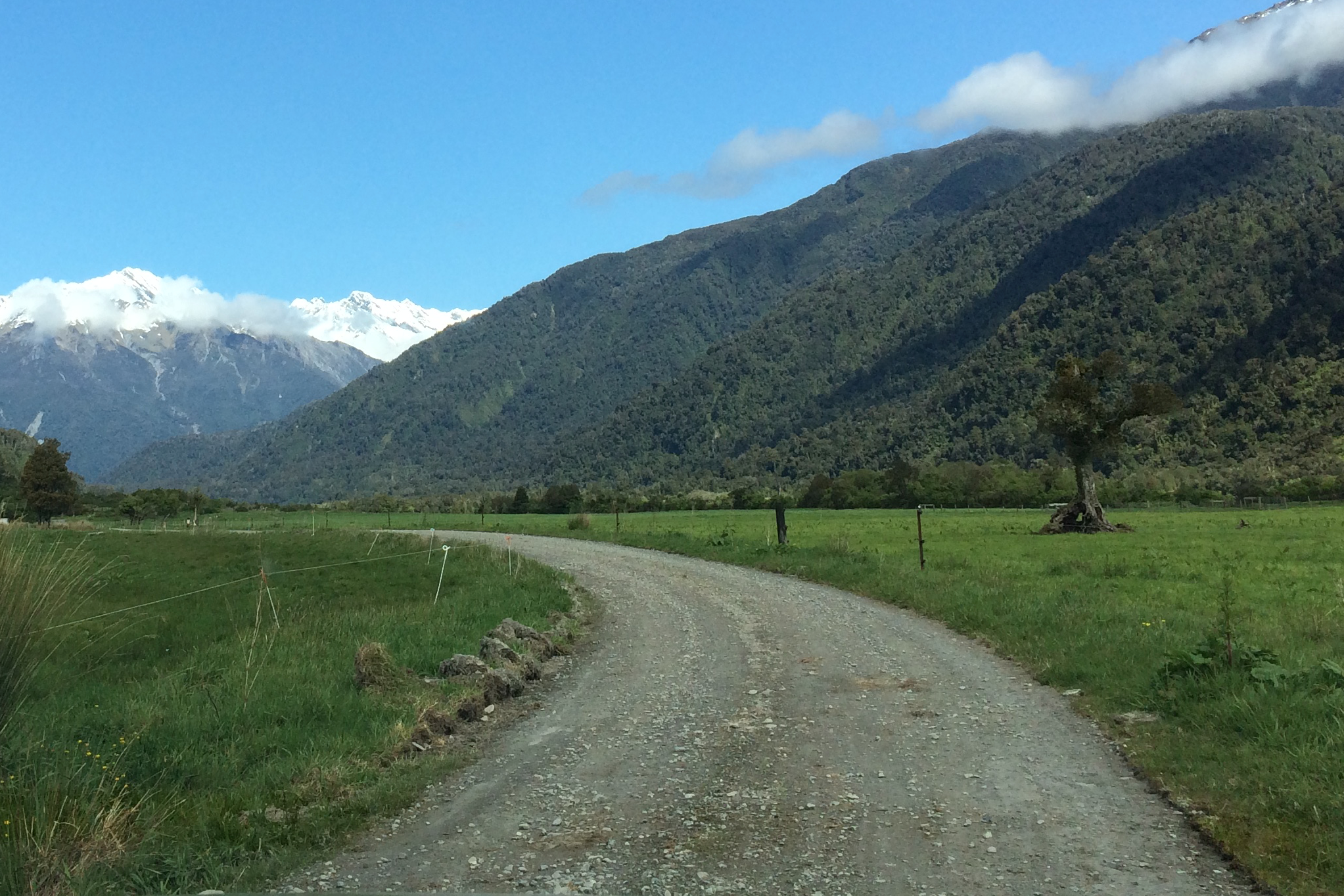 "Clear skies... on the West Coast of the South Island,
NZ"
"Clear skies... on the West Coast of the South Island,
NZ"
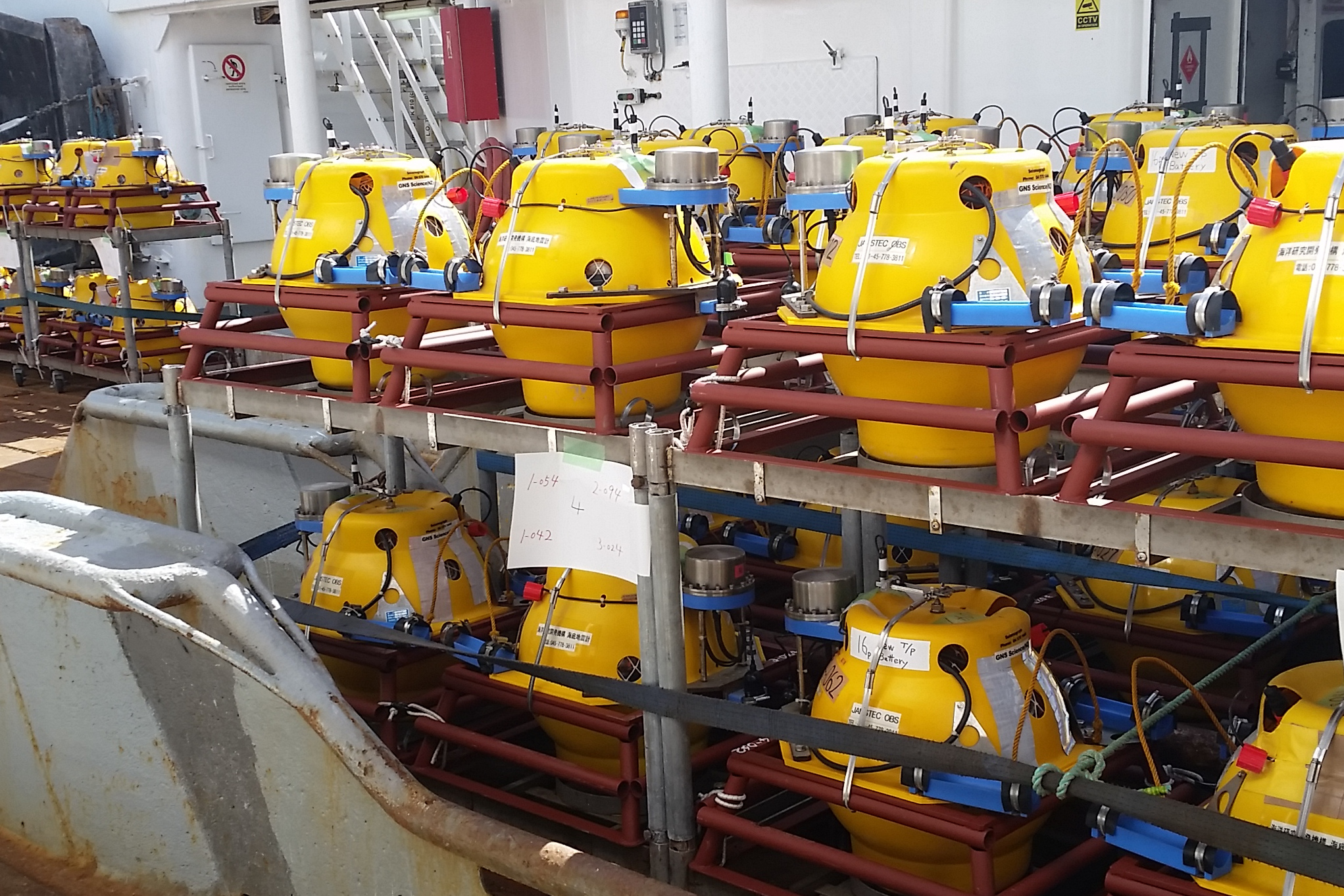 "Ocean Bottom Seismometers aboard RV Tangaroa"
"Ocean Bottom Seismometers aboard RV Tangaroa"
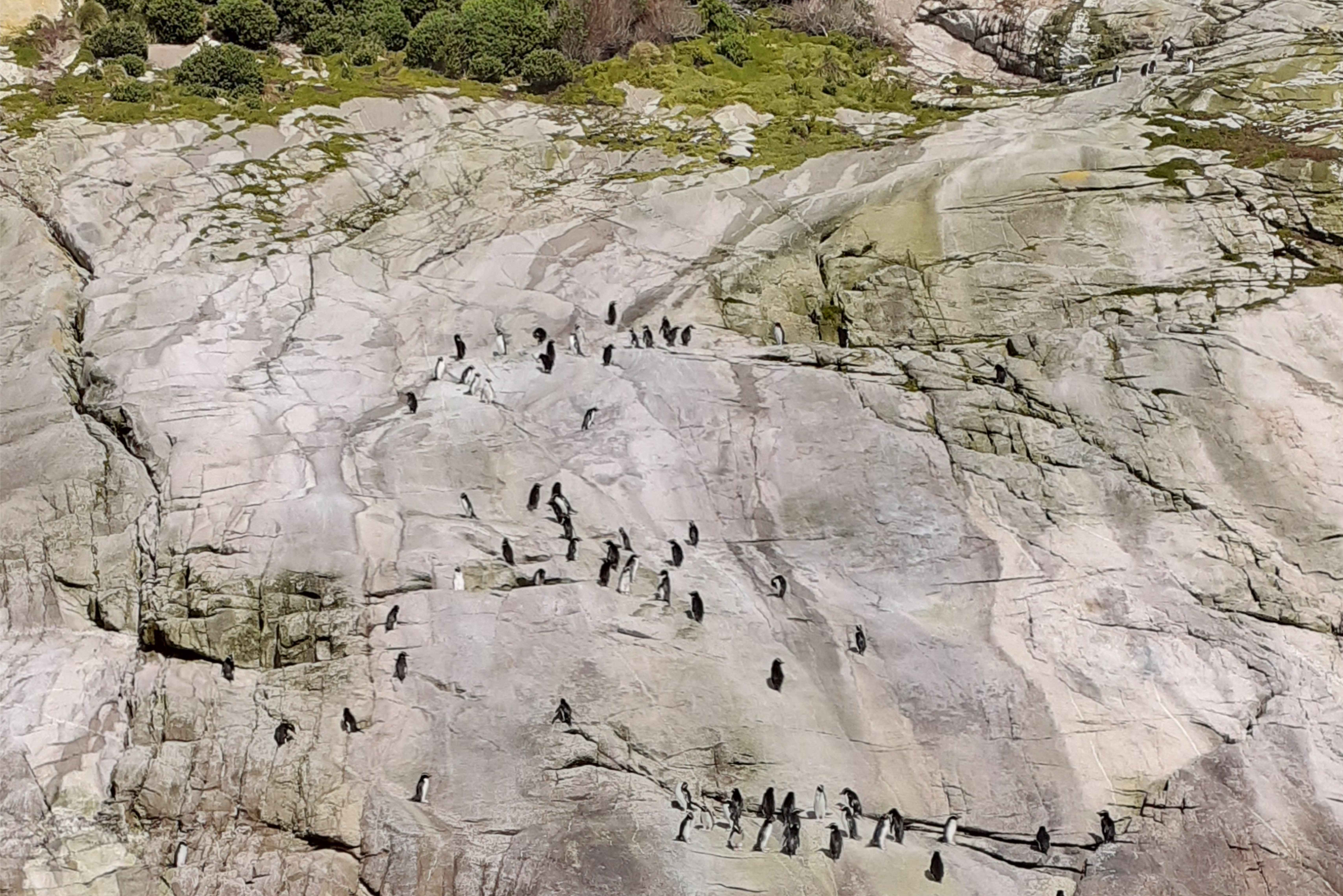 "Yellow-eyed penguins sighted on Snares Island, NZ"
"Yellow-eyed penguins sighted on Snares Island, NZ"